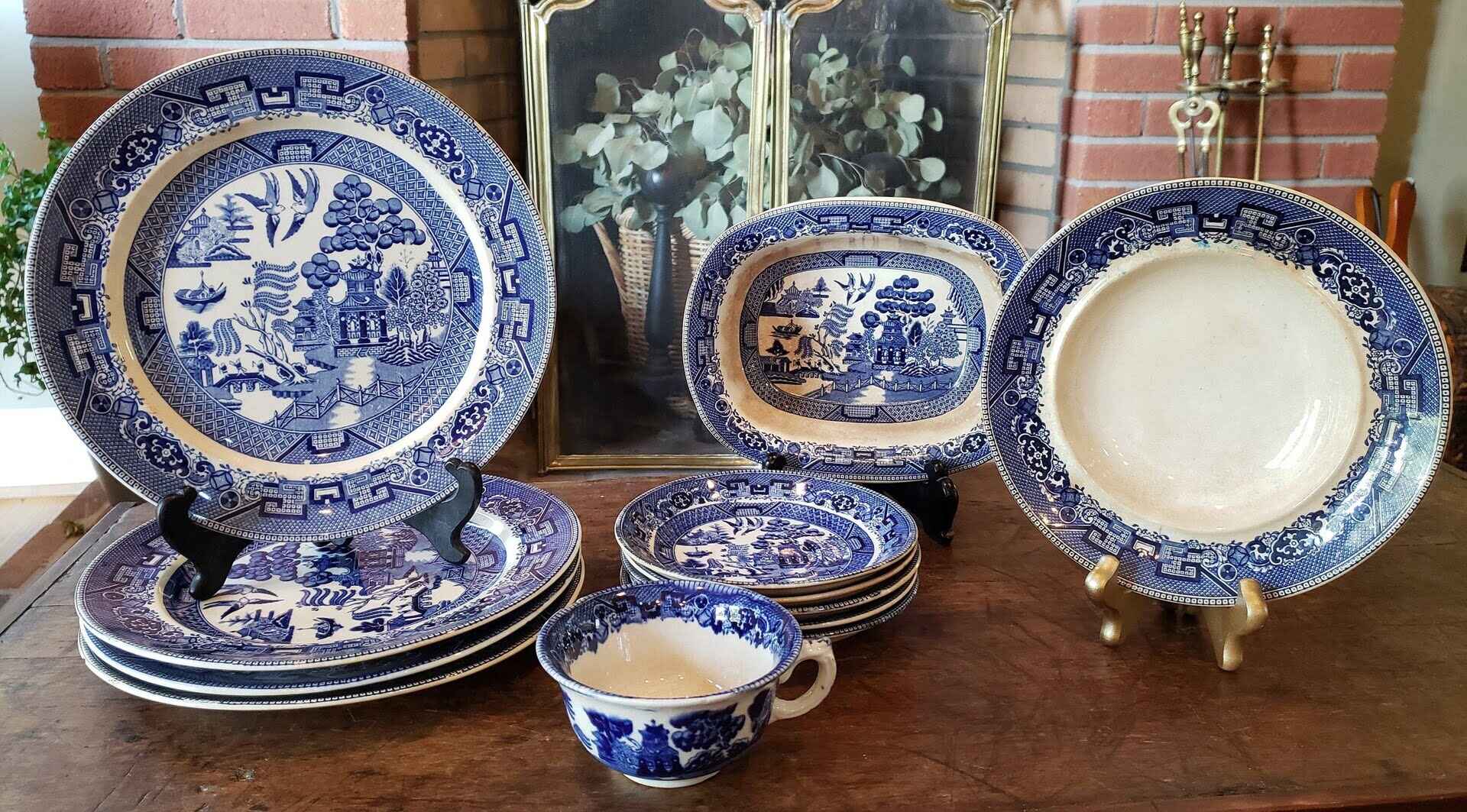

Articles
How To Store China Dishes
Modified: December 7, 2023
Learn how to properly store your delicate china dishes with these helpful articles. Protect your valuable collection and keep them in pristine condition for years to come.
(Many of the links in this article redirect to a specific reviewed product. Your purchase of these products through affiliate links helps to generate commission for Storables.com, at no extra cost. Learn more)
Introduction
China dishes, also known as china dinnerware or porcelain dishes, are a beautiful and delicate addition to any dining experience. Their fine craftsmanship and elegant designs make them a coveted item for many homeowners. However, due to their fragile nature, it’s crucial to store china dishes properly to protect them from damage and ensure their longevity.
In this article, we will explore the importance of proper storage for china dishes and provide a step-by-step guide on how to effectively store them. We will also discuss the choice of storage materials, the different placement options, and the common mistakes to avoid. By following these guidelines, you can preserve the beauty and value of your china dishes for years to come.
Before diving into the storage process, let’s first understand what exactly china dinnerware is.
Key Takeaways:
- Proper storage of china dishes is essential for preserving their delicate beauty and value. By following the step-by-step guide and avoiding common mistakes, you can protect your cherished dinnerware for years to come.
- Regular maintenance and inspections are crucial for safeguarding your china dishes. By staying proactive and addressing any issues promptly, you can ensure that your dishes remain beautiful, safe, and well-preserved throughout the years.
Read more: How To Display Dishes In A China Cabinet
What is China Dinnerware?
China dinnerware, also referred to as porcelain dinnerware, is a type of ceramic dinnerware that is made from a specific type of clay called kaolin. This clay is known for its white color and fine texture, making it ideal for producing delicate and translucent dishes.
The term “china” originated from the country of China, where porcelain was first created during the Tang Dynasty. The Chinese were pioneers in the art of porcelain manufacturing and they kept their techniques a well-guarded secret for centuries. Eventually, their porcelain wares made their way to Europe, where they gained immense popularity among the royalty and aristocracy.
China dinnerware is highly valued for its exceptional quality, durability, and exquisite designs. The craftsmanship involved in producing these dishes is meticulous, with skilled artisans shaping and molding the clay into elegant plates, bowls, teacups, and more.
What sets china dinnerware apart from other types of dinnerware is its translucent appearance. When held up to the light, china dishes have a delicate and almost glowing quality. This is due to the thinness of the porcelain and the way light passes through it.
China dinnerware is often adorned with intricate designs and patterns, ranging from delicate floral motifs to elaborate hand-painted scenes. The decorative elements are carefully applied through various techniques such as hand-painting, decal transfer, or even gold or platinum accents. These artistic details add to the allure and value of china dishes.
Due to their delicate nature, china dishes require extra care and attention, especially when it comes to storage. Proper storage is essential to prevent chipping, scratching, and breaking. In the next section, we will explore the reasons why proper storage is so important for china dishes.
Why Proper Storage is Important
Proper storage is crucial for china dishes to ensure their longevity and preserve their beauty. Here are some key reasons why proper storage is important:
1. Protection from damage: China dishes are fragile and can easily chip, crack, or break if not stored correctly. By providing a secure and protective storage environment, you can minimize the risk of damage and maintain the integrity of your china dinnerware.
2. Preserving the value: China dishes are often cherished heirlooms or valuable collectibles. The condition of the dishes plays a significant role in determining their value. By storing them properly, you can preserve their value and potentially increase their worth over time.
3. Preventing scratches and abrasions: China dishes can easily get scratched when they come into contact with other hard surfaces. Proper storage techniques, like cushioning and separating each piece, can prevent scratches and abrasions, ensuring that your china dishes retain their pristine appearance.
4. Shielding from dust and dirt: Dust and dirt particles can accumulate on the surface of china dishes, affecting their appearance and cleanliness. By storing them in enclosed containers or cabinets, you can protect them from dust and minimize the need for frequent cleaning.
5. Avoiding exposure to extreme temperatures: Extreme temperature changes can cause china dishes to expand or contract, leading to cracks or breakage. It is essential to store them in a location that maintains a consistent temperature to prevent thermal stress and potential damage.
6. Preventing discoloration: China dishes are susceptible to discoloration over time if exposed to sunlight or harsh lighting. Proper storage keeps them away from direct sunlight and minimizes the risk of fading or discoloration.
7. Organizational efficiency: Proper storage allows for easy access and organization of your china dishes. You can avoid the frustration of searching for specific pieces and ensure that they remain neatly arranged and protected.
By investing time and effort into proper storage techniques, you can safeguard your china dishes and extend their lifespan. In the next section, we will discuss the materials needed for storing china dishes.
Choosing the Right Storage Materials
When it comes to storing china dishes, selecting the right materials is crucial for their protection. Here are some key considerations for choosing the right storage materials:
1. Dish Dividers: Using dish dividers or separators is essential to prevent the dishes from coming into contact with each other, which can lead to scratches and chips. Look for dividers made of soft materials like felt, foam, or fabric. These materials provide cushioning and protection while keeping the dishes separate.
2. Stacking Protectors: Stackable protectors are specially designed to fit between each dish when stacking them. These thin and flexible pads provide additional cushioning and help distribute the weight evenly, reducing the risk of breakage.
3. Storage Boxes: Invest in high-quality storage boxes or containers specifically designed for china dishes. Look for boxes with sturdy construction, padded interiors, and secure closures to protect the dishes from dust, moisture, and impact. Choose boxes that are appropriately sized to accommodate your dishes without overcrowding.
4. Bubble Wrap or Packing Paper: Wrap each individual china dish with bubble wrap or packing paper to provide an extra layer of protection. This will help absorb any sudden shocks or vibrations and prevent scratches.
5. Microfiber Cloth or Soft Towels: Use soft microfiber cloths or towels to wrap larger or delicate pieces such as serving platters or teapots. The gentle texture of microfiber will prevent any abrasive contact and keep the dishes safe.
6. Silica Gel Packets: Place silica gel packets inside the storage boxes to absorb moisture and prevent condensation. Moisture can lead to mold growth and damage the delicate surface of china dishes, so using silica gel packets helps to maintain a dry environment.
7. Storage Cabinet or Shelf: Consider storing your china dishes in a dedicated cabinet or on a sturdy shelf. Make sure the storage area is clean, dry, and away from direct sunlight. If using a cabinet, line the shelves with non-slip shelf liners to provide additional stability and prevent slipping.
Remember, when handling china dishes, clean hands are essential to prevent dirt, oils, or chemicals from transferring onto the delicate surfaces. Additionally, avoid storing china dishes near sources of heat or in areas prone to temperature fluctuations.
Now that you have chosen the right storage materials, let’s move on to the step-by-step guide for storing china dishes.
Step-by-Step Guide to Storing China Dishes
Properly storing china dishes requires careful attention to detail and following a step-by-step process. Use the following guide to ensure the safe storage of your valuable china dinnerware:
1. Cleaning and Preparing the China Dishes: Before storing, make sure the dishes are clean and dry. Wash them gently with warm water and mild dish soap, and dry them thoroughly with a soft, lint-free cloth. Ensure that no residue or moisture remains on the dishes as it can cause damage during storage.
2. Wrapping the China Dishes: Start by wrapping each piece individually with bubble wrap or soft packing paper. Pay special attention to fragile areas such as handles and rims. Secure the wrap with tape, making sure it is snug but not too tight. Additionally, for larger or delicate pieces, wrap them in a layer of microfiber cloth or soft towels for added protection.
3. Using Dish Dividers: Once wrapped, place dish dividers between the china dishes to prevent them from coming into contact with each other. This will help prevent scratches, chips, and other forms of damage. Ensure that the dividers are secure and properly positioned to maintain separation.
4. Stacking or Individual Placement: Decide whether you will stack the china dishes or place them individually. If stacking, use stackable protectors between each dish to provide cushioning and distribute the weight evenly. If placing them individually, ensure that each piece is adequately wrapped and stored in a secure and stable manner.
5. Selecting an Appropriate Storage Location: Choose a storage location that is clean, dry, and away from direct sunlight or extreme temperature fluctuations. Ideally, store the china dishes in a dedicated cabinet or on a dedicated shelf to prevent accidental bumps or falls. Make sure the storage area is free from any potential hazards that can damage the dishes.
6. Regular Maintenance and Inspection: Periodically check on your stored china dishes to ensure they are in good condition. Inspect for any signs of damage, moisture, or pests. If necessary, rewrap or reposition any dishes that may have shifted or become loose. This regular maintenance will help prevent any long-term damage and allow you to address issues promptly.
Remember, take your time when handling china dishes, and always handle them with care to avoid accidental drops or impacts. Additionally, consider using a storage inventory list or labels to keep track of your stored dishes and easily locate specific pieces when needed.
By following these step-by-step instructions, you can ensure that your china dishes remain protected and well-preserved for years to come.
Read more: How To Store China Without A China Cabinet
Cleaning and Preparing the China Dishes
Properly cleaning and preparing your china dishes before storage is essential to ensure their longevity and prevent any damage. Follow these steps to clean and prepare your china dishes:
1. Gather the necessary materials: You will need warm water, mild dish soap, a soft sponge or cloth, and a drying rack or soft, lint-free towel.
2. Inspect the dishes: Before cleaning, carefully inspect each china dish for any dirt, stains, or residue. Pay attention to intricate designs and hard-to-reach areas.
3. Pre-rinse the dishes: Rinse each dish with warm water to remove any loose particles or food debris. This step will make the cleaning process more effective.
4. Wash with mild dish soap: Fill a sink or basin with warm water and add a small amount of mild dish soap. Gently wash each dish, using a soft sponge or cloth. Avoid using abrasive scrubbers or harsh cleaning chemicals, as these can damage the delicate surface of china dishes.
5. Pay attention to delicate areas: Be extra careful when cleaning delicate areas such as handles, rims, and ornate designs. Use a soft-bristled brush, like a toothbrush, to gently clean these areas.
6. Rinse thoroughly: After washing, rinse each dish thoroughly with clean, warm water to remove any soap residue. Ensure that all soap suds are completely gone.
7. Dry carefully: Place the clean dishes on a drying rack or use a soft, lint-free towel to gently dry them. Avoid using abrasive materials that can scratch or damage the dishes.
8. Inspect for any remaining stains or residue: Once the dishes are dry, carefully inspect each one to ensure that there are no remaining stains, residue, or moisture. If needed, repeat the cleaning process or use a gentle stain remover suitable for china dishes.
9. Allow dishes to air dry: Before wrapping or storing the dishes, allow them to air dry completely to ensure no moisture is trapped during storage.
By following these steps, you can ensure that your china dishes are clean, free of residue, and ready for proper storage. Proper cleaning and preparation will help maintain the beauty and integrity of your china dishes while protecting them from damage during storage.
When storing china dishes, use felt or cloth dividers to separate each piece and prevent scratching. Store in a cool, dry place away from direct sunlight to avoid discoloration.
Wrapping the China Dishes
Properly wrapping your china dishes is crucial for their protection during storage. The wrapping process provides a layer of cushioning to prevent scratches, chips, and other forms of damage. Here’s a step-by-step guide on how to wrap your china dishes:
1. Gather the necessary materials: You will need bubble wrap, soft packing paper, tape, and optional microfiber cloth or soft towels for larger or delicate pieces.
2. Prepare a clean, flat surface: Find a clean and spacious area to work on. Make sure the surface is free from any rough or abrasive materials that could scratch or damage the dishes.
3. Wrap each dish individually: Start by wrapping each china dish individually. Place the dish in the center of a sheet of bubble wrap or soft packing paper. Ensure that there is enough wrap or paper to fully cover the dish and provide cushioning.
4. Tuck in the corners: If necessary, fold the corners of the wrap or paper over the dish to create a secure enclosure. This will protect the edges and corners from potential damage.
5. Secure with tape: Use clear, strong tape to secure the wrap or paper in place. Be careful not to tape directly onto the china surface, as it can leave adhesive residue or damage the delicate finish. Instead, tape on the sides or underside of the wrap or paper.
6. Extra protection for delicate pieces: For larger or delicate pieces, consider wrapping them in a layer of microfiber cloth or soft towels before applying the bubble wrap or packing paper. This will provide an additional layer of cushioning and protection.
7. Pay attention to fragile areas: When wrapping, pay extra attention to fragile areas, such as handles, rims, or decorative elements. Ensure that these areas are well-covered and protected.
8. Label or mark each wrapped dish: To easily identify each dish during storage or when unpacking, consider labeling or marking each wrap with a description of the dish or a numbering system. This will help you locate specific dishes without unwrapping each one.
9. Store wrapped dishes in an organized manner: Once wrapped, place the dishes in a storage container or cabinet in an organized manner. Consider stacking them with dividers or placing them individually, depending on the available storage space and the fragility of the dishes.
By following these steps, you can ensure that your china dishes are properly wrapped and protected during storage. Proper wrapping will safeguard the delicate surfaces and minimize the risk of damage or breakage while handling or shifting the dishes.
Selecting an Appropriate Storage Location
Choosing the right storage location is essential for preserving the condition and longevity of your china dishes. The storage area should provide the optimal environment to protect the dishes from potential damage. Consider the following factors when selecting an appropriate storage location:
1. Clean and Dry Environment: Ensure that the storage area is clean and free from dust, dirt, or any potential contaminants. A dry environment is key to preventing moisture buildup, which can lead to mold growth or damage to the delicate surfaces of the china dishes.
2. Away from Direct Sunlight: Avoid storing your china dishes in direct sunlight or areas with strong UV exposure. Prolonged exposure to sunlight can cause fading, discoloration, or even damage the delicate finishes on the dishes.
3. Stable Temperature and Humidity: Fluctuations in temperature and humidity can be harmful to china dishes. Choose a storage location with a stable climate, avoiding areas that are subject to extreme temperature changes or excessive humidity. Rapid changes in temperature can cause the dishes to expand or contract, leading to cracks or breakage.
4. Dedicated Storage Cabinet or Shelf: Opt for a dedicated storage cabinet or shelf specifically designed for china dishes. Look for cabinets with sturdy construction, adjustable shelving, and non-slip surfaces. If using a shelf, ensure that it is secure and stable enough to support the weight of the dishes.
5. Avoid Clutter and Overcrowding: Do not overcrowd the storage area or stack items on top of the china dishes. Overcrowding can increase the risk of accidental bumps and damages when retrieving or storing other items.
6. Consider Protective Covers: If storing your china dishes in an open area or display cabinet, consider using protective covers to shield them from dust, debris, or accidental contact. Look for covers made from breathable materials to prevent moisture buildup.
7. Easy Accessibility: Choose a storage location that allows for easy accessibility when you need to retrieve or add new dishes. Avoid placing the storage area in hard-to-reach or high-traffic areas to minimize the risk of accidental damage.
8. Secure the Storage Area: If you have valuable or sentimental china dishes, ensure that the storage area is secure and protected. Consider installing locks or using security measures to prevent unauthorized access and potential theft.
Remember to conduct periodic checks and maintenance of your stored china dishes. Regularly inspect the storage area for any signs of damage, pests, or moisture buildup. Taking proactive measures will help preserve the beauty and integrity of your china dishes for years to come.
Stack vs. Individual Placement
When it comes to storing china dishes, you have two main options: stacking them or placing them individually. The choice between stack placement and individual placement depends on factors such as available storage space, the fragility of the dishes, and personal preference. Let’s explore the advantages and considerations of each method:
Stack Placement:
Stacking your china dishes involves placing them vertically, one on top of another. Here are some advantages and considerations of stack placement:
1. Space-saving: Stacking allows you to maximize vertical space, especially if you have limited storage area. It is an efficient way to store multiple dishes in a compact manner.
2. Ease of access: Stacked dishes are easily accessible when you need to retrieve or add new items. They can be conveniently accessed by lifting the top dish to reach the ones below.
3. Reduced movement: By stacking the dishes together, you can minimize movement and shifting during storage. This reduces the risk of accidental bumps or vibrations that could lead to damage.
4. Use of stackable protectors: To prevent dishes from rubbing against each other and causing scratches, you can use stackable protectors or soft padding between each dish. These protectors provide cushioning and distribute the weight evenly.
However, there are a few considerations when opting for stack placement:
1. Fragility: Delicate or fragile china dishes may be more prone to damage when stacked, especially if the weight is not evenly distributed or if there is excessive pressure on certain areas.
2. Heavier lifting: When accessing dishes from the stack, you may need to lift and handle multiple items at once. This can be more challenging if the stack is heavy or if you have any physical limitations.
Individual Placement:
Placing each china dish individually involves giving each piece its own designated space. Here are some advantages and considerations of individual placement:
1. Reduced risk of damage: By placing dishes individually, you minimize the risk of chips, scratches, or other damage that can occur when dishes rub against each other while stacked.
2. Easy inspection: Individual placement allows for easier inspection of each dish without having to disturb the others. This is especially beneficial if you regularly check for any signs of damage or require specific dishes for use.
3. Flexibility: Placing dishes individually gives you more flexibility in arranging and organizing your storage area. You can easily rearrange or add/remove dishes without disrupting the rest of the collection.
However, there are a few considerations when opting for individual placement:
1. More storage space needed: Placing dishes individually may require more storage area compared to stacking, as each piece needs its own designated space.
2. Increased handling: When accessing individual dishes, you need to handle each piece separately. This may increase the risk of accidental drops or damage if not handled with care.
Ultimately, the choice between stack and individual placement depends on the specific needs and preferences of the individual. Consider factors such as the fragility of the dishes, available storage space, and ease of access when making your decision. Whichever method you choose, ensure proper cushioning, dividers, or protectors are used to prevent damage and maintain the beauty of your china dishes during storage.
Read more: How To Store China
Risks and Common Mistakes to Avoid
When storing china dishes, it’s important to be aware of certain risks and common mistakes that can lead to damage. By understanding and avoiding these pitfalls, you can ensure the preservation of your china dishes. Here are some risks and common mistakes to be mindful of:
1. Improper packing materials: Using the wrong packing materials, such as newspaper or regular wrapping paper, can potentially transfer ink or chemicals onto the delicate surface of your china dishes. Always use suitable materials like bubble wrap or soft packing paper to provide proper cushioning and protection.
2. Insufficient padding: Failing to provide adequate padding can result in chips, cracks, or scratches during storage. Ensure that each dish is properly wrapped and cushioned to prevent any direct contact or movement that can lead to damage.
3. Overcrowding: Squeezing too many dishes into a storage area increases the risk of accidental bumps and breakage. Avoid overcrowding by allowing each dish enough room to be stored without making contact with others.
4. Stacking without proper protection: If you choose to stack your china dishes, it’s crucial to use stackable protectors or padding between each piece. Without this protection, dishes can rub against each other and cause damage.
5. Storing in unsuitable locations: Avoid storing your china dishes in areas prone to extreme temperatures, high humidity, or direct sunlight. These conditions can lead to thermal stress, discoloration, or moisture damage.
6. Handling with dirty hands: Always wash your hands thoroughly before handling your china dishes. Oils, dirt, or chemicals on your hands can transfer to the delicate surfaces, requiring additional cleaning or causing long-term damage.
7. Using harsh cleaning agents: Avoid using abrasive cleaners or harsh chemicals when cleaning your china dishes. These can damage the glaze or decorations on the dishes. Stick to mild dish soap and gentle cleaning techniques.
8. Ignoring regular maintenance: Regularly inspect your stored china dishes for any signs of damage, moisture, or pest infestation. Address any issues promptly to prevent further deterioration.
9. Neglecting proper storage: Failing to store your china dishes using appropriate containers, dividers, or cabinets can put them at risk of accidental knocks, falls, or exposure to harmful elements.
10. Forgetting to label or inventory: Ensure that you label or inventory your stored china dishes. This will help you easily locate specific pieces and prevent the need to unwrap or search through multiple items.
By being aware of these risks and common mistakes, you can take the necessary precautions to protect your china dishes during storage. Treat your dishes with care, follow proper cleaning and packing techniques, and store them in a suitable environment to maintain their beauty and value for years to come.
Regular Maintenance and Inspection
To ensure the long-term preservation of your china dishes, regular maintenance and inspection are essential. By implementing a routine for checking and caring for your stored dishes, you can detect and address any issues early on. Here are some key steps to incorporate into your regular maintenance and inspection routine:
1. Schedule regular inspections: Set a schedule to inspect your stored china dishes periodically. Depending on your storage conditions and the value of the dishes, inspections can be done annually, semi-annually, or quarterly.
2. Check for signs of damage: Carefully examine each dish for any visible signs of damage, such as chips, cracks, or discoloration. Pay attention to fragile areas like handles, rims, or decorative elements. If you notice any damage, take immediate action to prevent further deterioration.
3. Look for moisture or mold: Inspect for any signs of moisture, condensation, or mold growth. Moisture can lead to mold growth, which can damage the delicate surface of china dishes. If detected, investigate the source of moisture and address it promptly.
4. Check for pests: Look for any indications of pests, such as insect droppings or small holes in the packaging. Pests can cause damage to both the dishes and the storage containers. If pests are found, take appropriate measures to eliminate them and prevent further infestations.
5. Ensure proper placement: Confirm that the dishes are properly placed and secure in their designated storage area. Check for any shifts or movement that may have occurred during handling or storage. Make adjustments as necessary to avoid potential damage.
6. Verify stability: If you are using storage containers or shelves, ensure that they are stable and properly supported. Ensure that the shelves can bear the weight of the dishes without sagging or causing instability.
7. Remove dust or debris: Wipe away any dust or debris that may have accumulated on the packaging or storage containers. Use a soft cloth or brush, if necessary, to gently remove any particles without causing damage.
8. Reevaluate storage conditions: Periodically reassess the storage conditions, such as temperature and humidity levels. Make any necessary adjustments to maintain a stable and suitable environment for your china dishes.
9. Document any changes or damage: Keep a record of any changes, damage, or repairs needed for your china dishes. This documentation will help you track the condition of each piece and guide future maintenance efforts.
Regular maintenance and inspection play a crucial role in preserving the condition of your china dishes. By staying proactive and addressing any issues promptly, you can ensure that your dishes remain beautiful, safe, and well-preserved throughout the years. Remember to handle the dishes with care during inspections and take the necessary precautions to prevent accidental damage.
Conclusion
Proper storage of china dishes is crucial for preserving their beauty, value, and longevity. By following the steps outlined in this article, you can ensure that your china dishes remain protected and well-preserved for years to come.
We began by understanding what china dinnerware is and delving into the reasons why proper storage is important. The delicate nature of china dishes makes them susceptible to damage, making it essential to choose the right storage materials and follow proper techniques.
We explored the step-by-step guide for storing china dishes, covering cleaning and preparing the dishes, wrapping them securely, and selecting an appropriate storage location. Whether you choose to stack the dishes with protectors or place them individually, each method has its advantages and considerations.
Additionally, we discussed the risks and common mistakes to avoid during the storage process. By being aware of potential pitfalls, such as using improper packing materials or neglecting regular inspections, you can protect your china dishes from unnecessary damage.
Regular maintenance and inspections were highlighted as key in preserving the condition of your stored china dishes. By implementing a routine for checking for damage, moisture, pests, and ensuring proper placement and stability, you can address any issues promptly and maintain the integrity of your dishes.
In conclusion, proper storage of china dishes is an essential practice for maintaining their beauty and value. By taking the time to clean, wrap, and store them in an appropriate environment, you can protect your cherished china dinnerware for future generations to enjoy.
Remember, each china dish holds a story, a history, and sentimental value. By following the guidelines provided in this article, you can ensure that these delicate pieces continue to grace your dining experience for years to come.
Frequently Asked Questions about How To Store China Dishes
Was this page helpful?
At Storables.com, we guarantee accurate and reliable information. Our content, validated by Expert Board Contributors, is crafted following stringent Editorial Policies. We're committed to providing you with well-researched, expert-backed insights for all your informational needs.
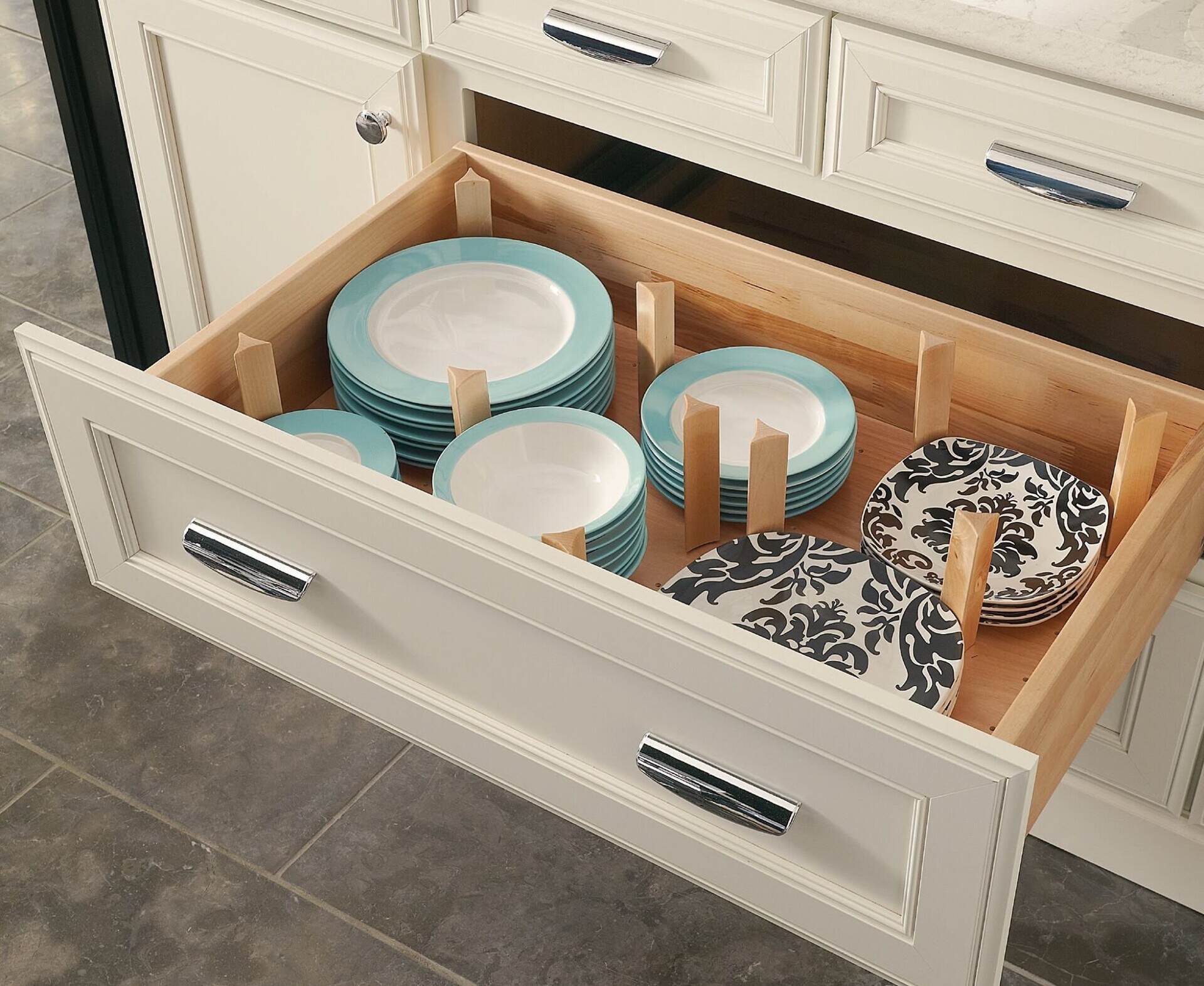
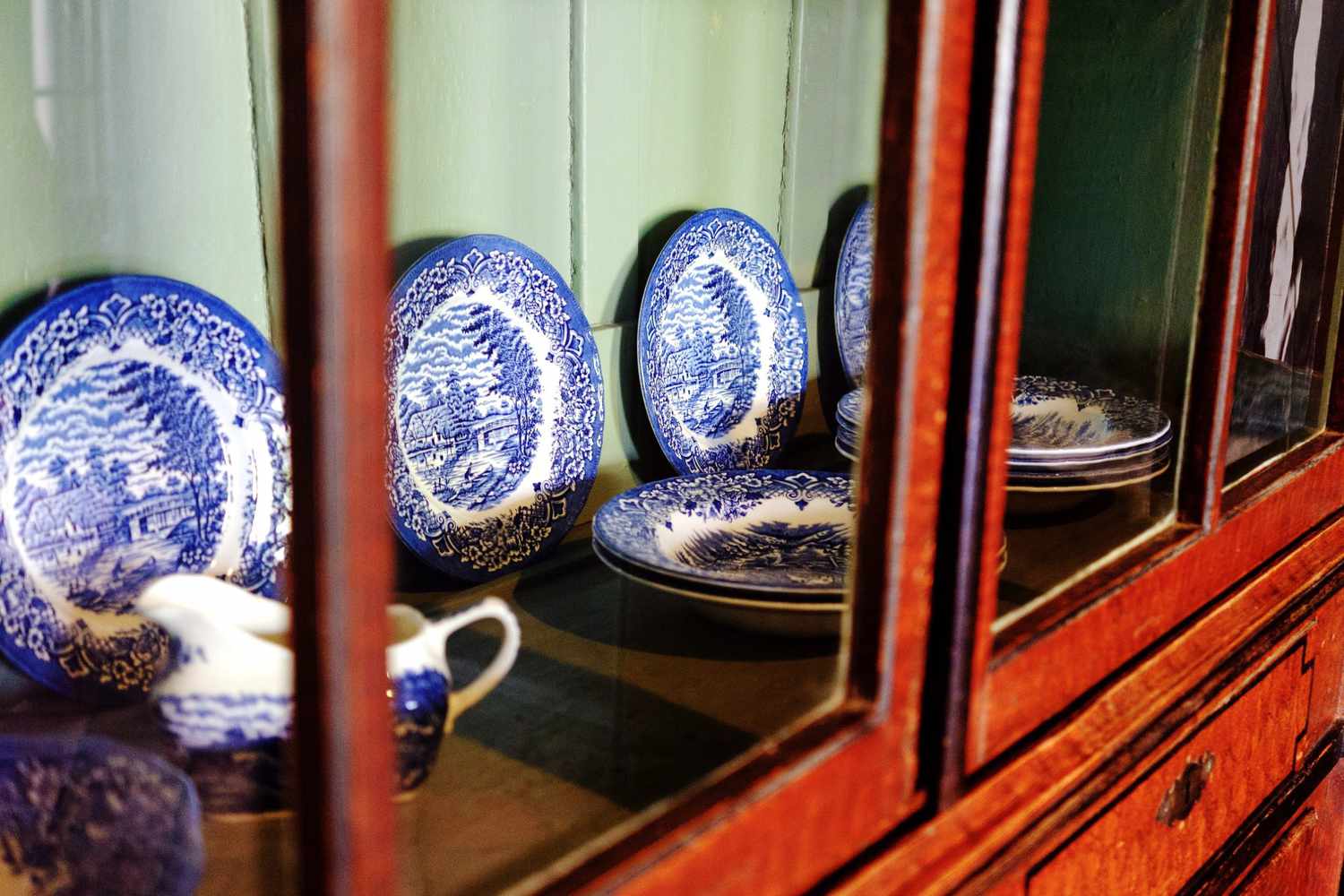
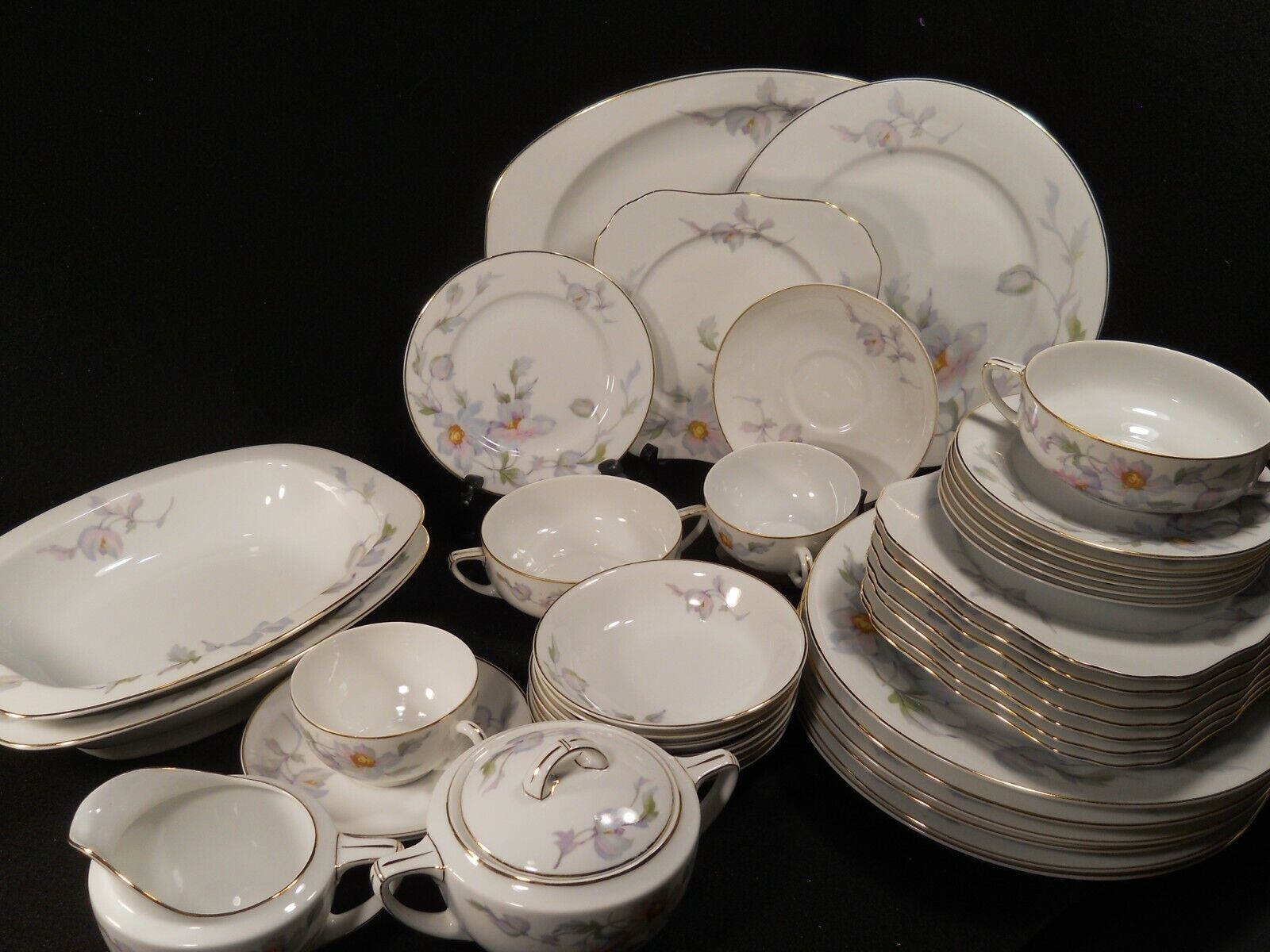
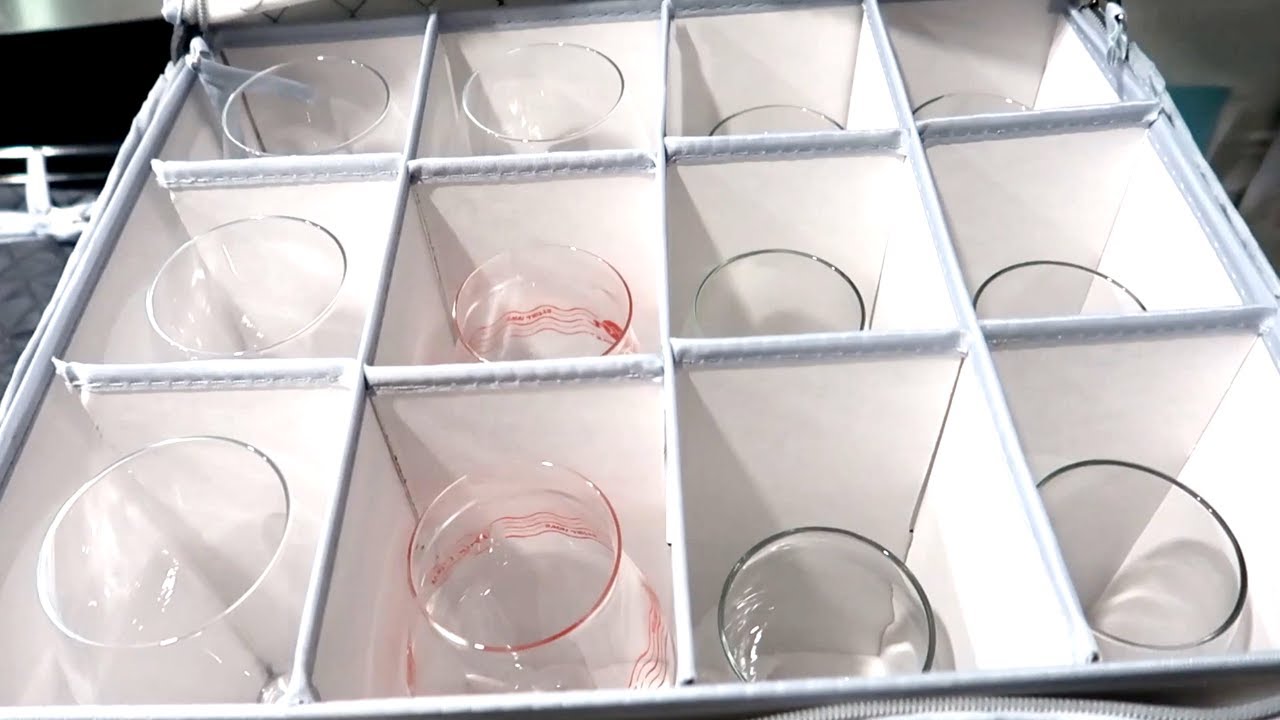
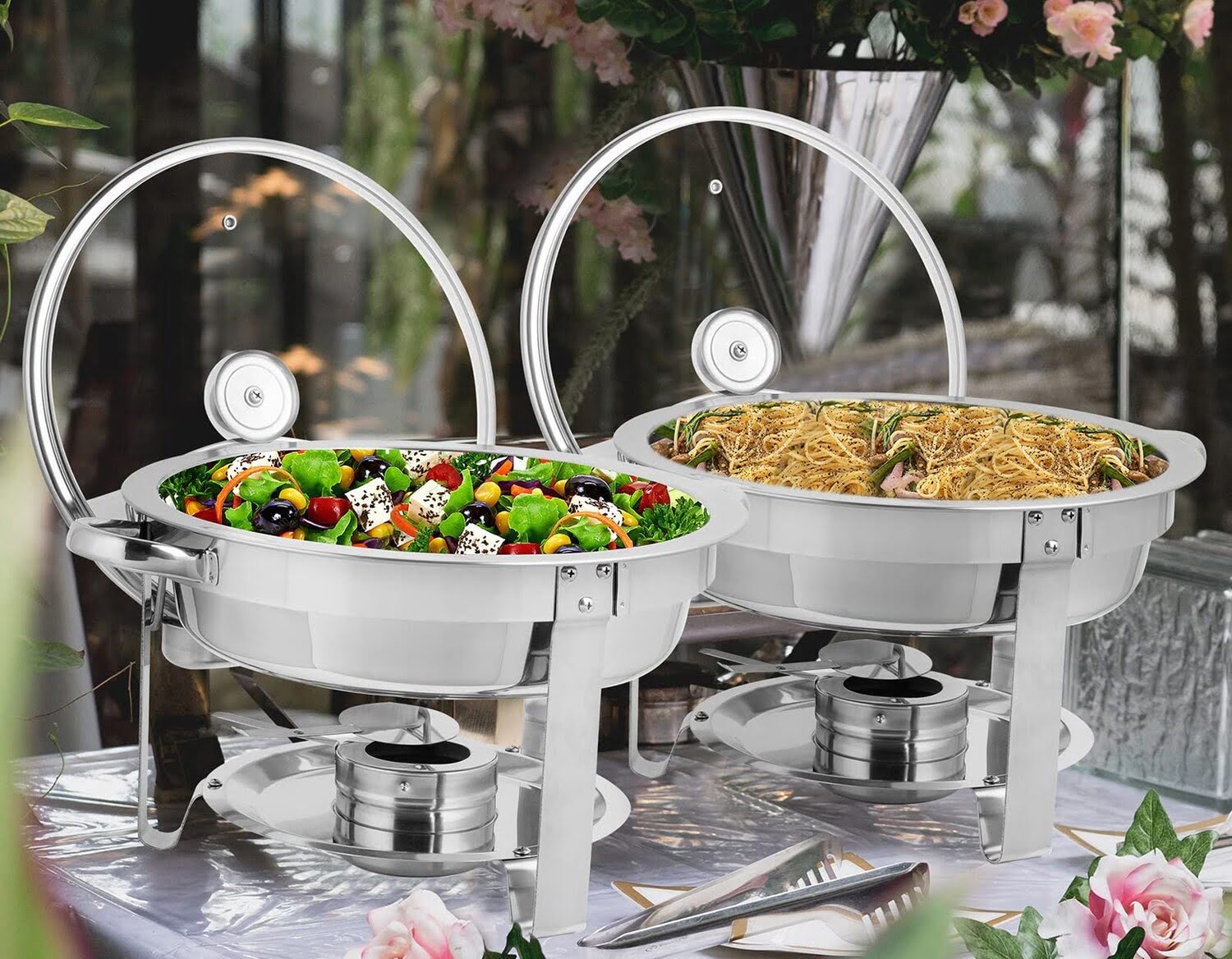
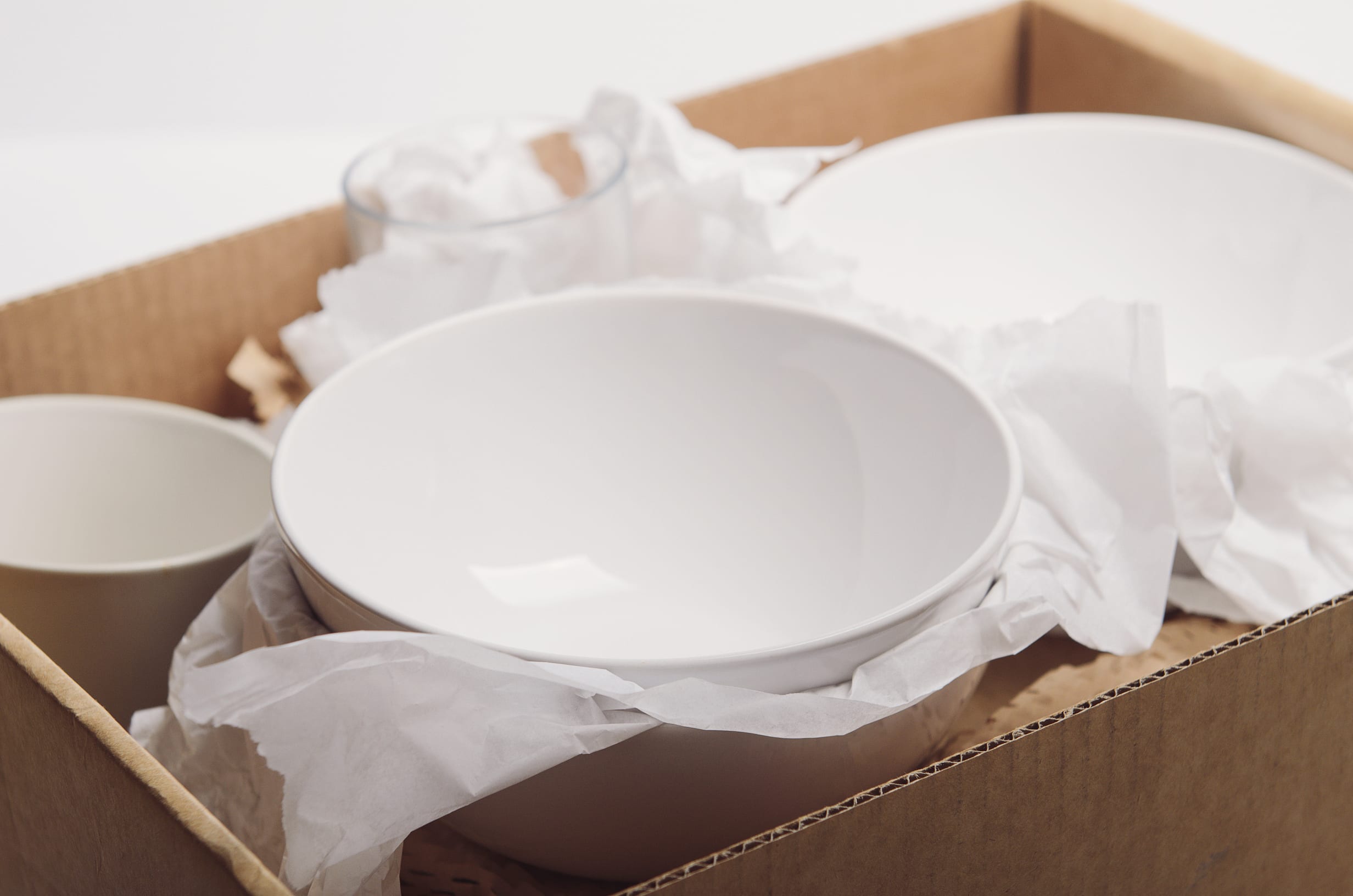
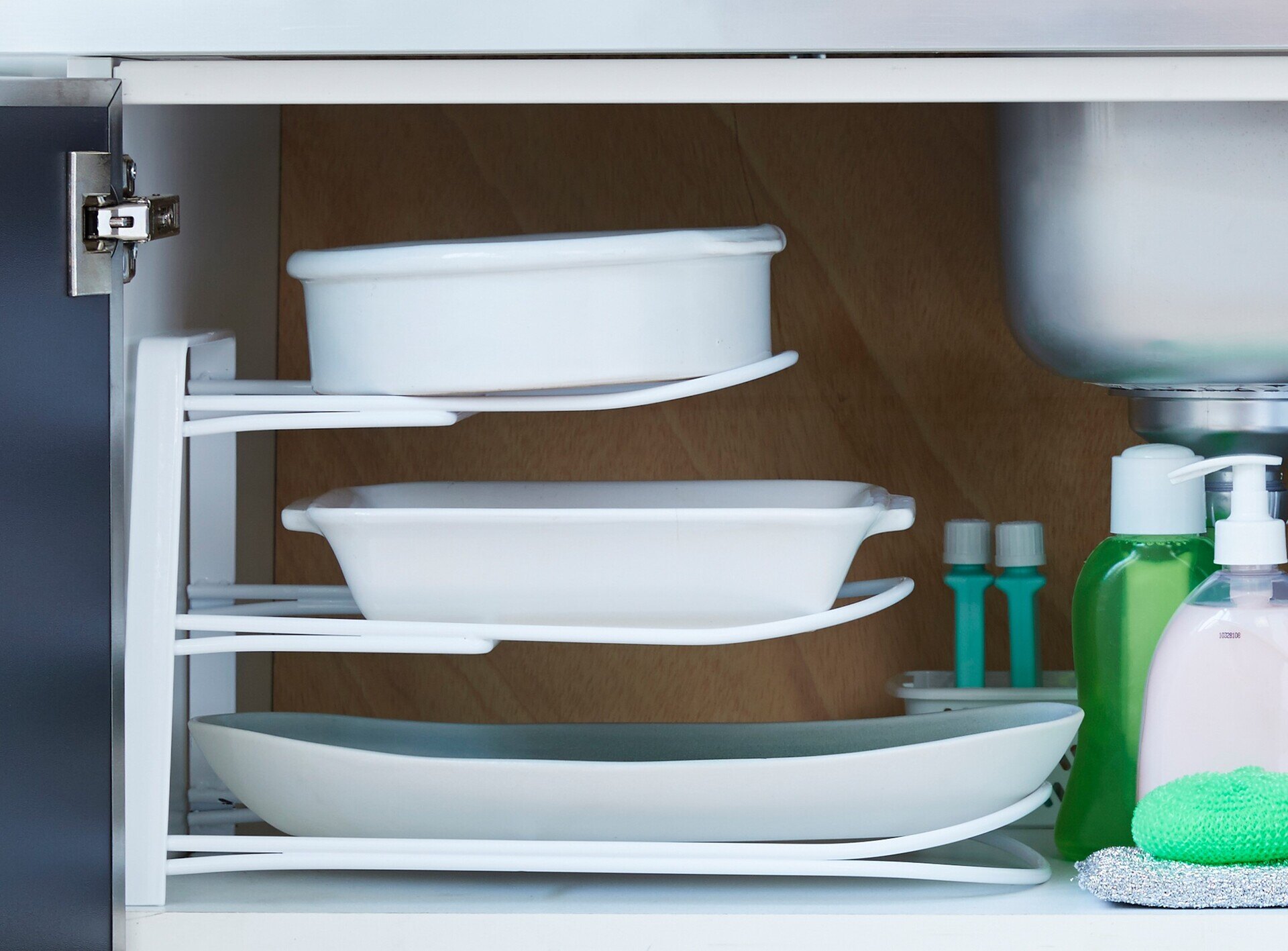
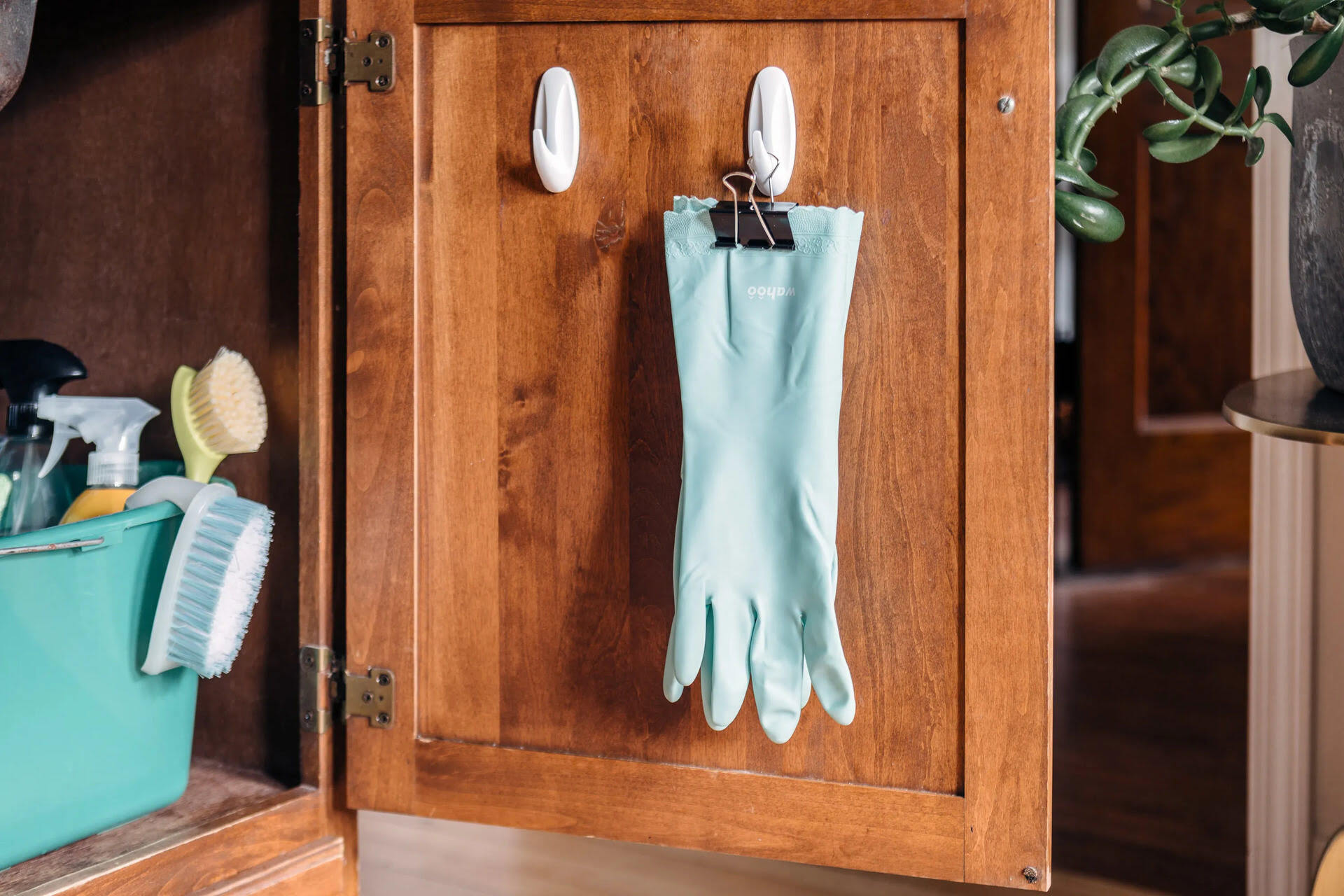
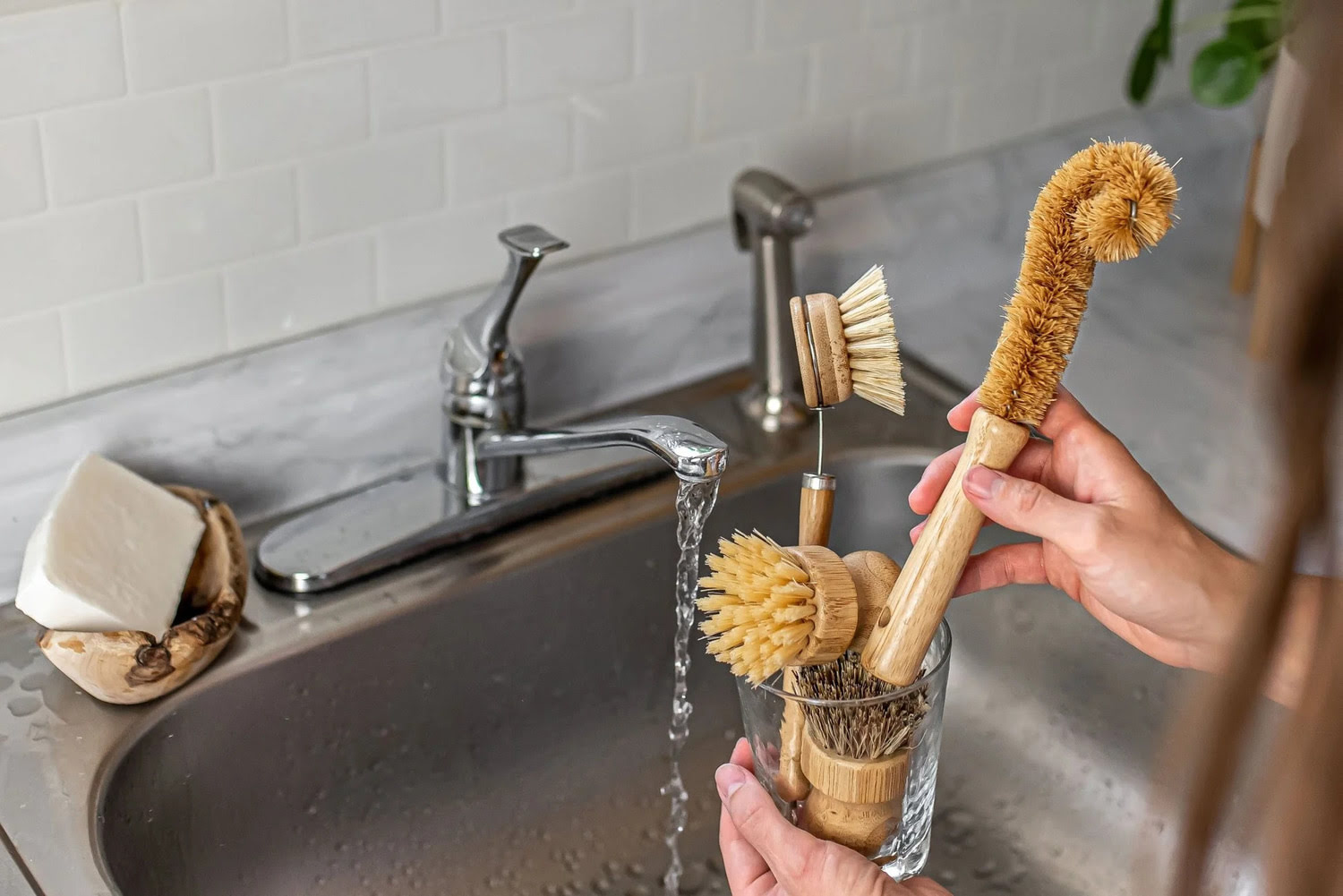
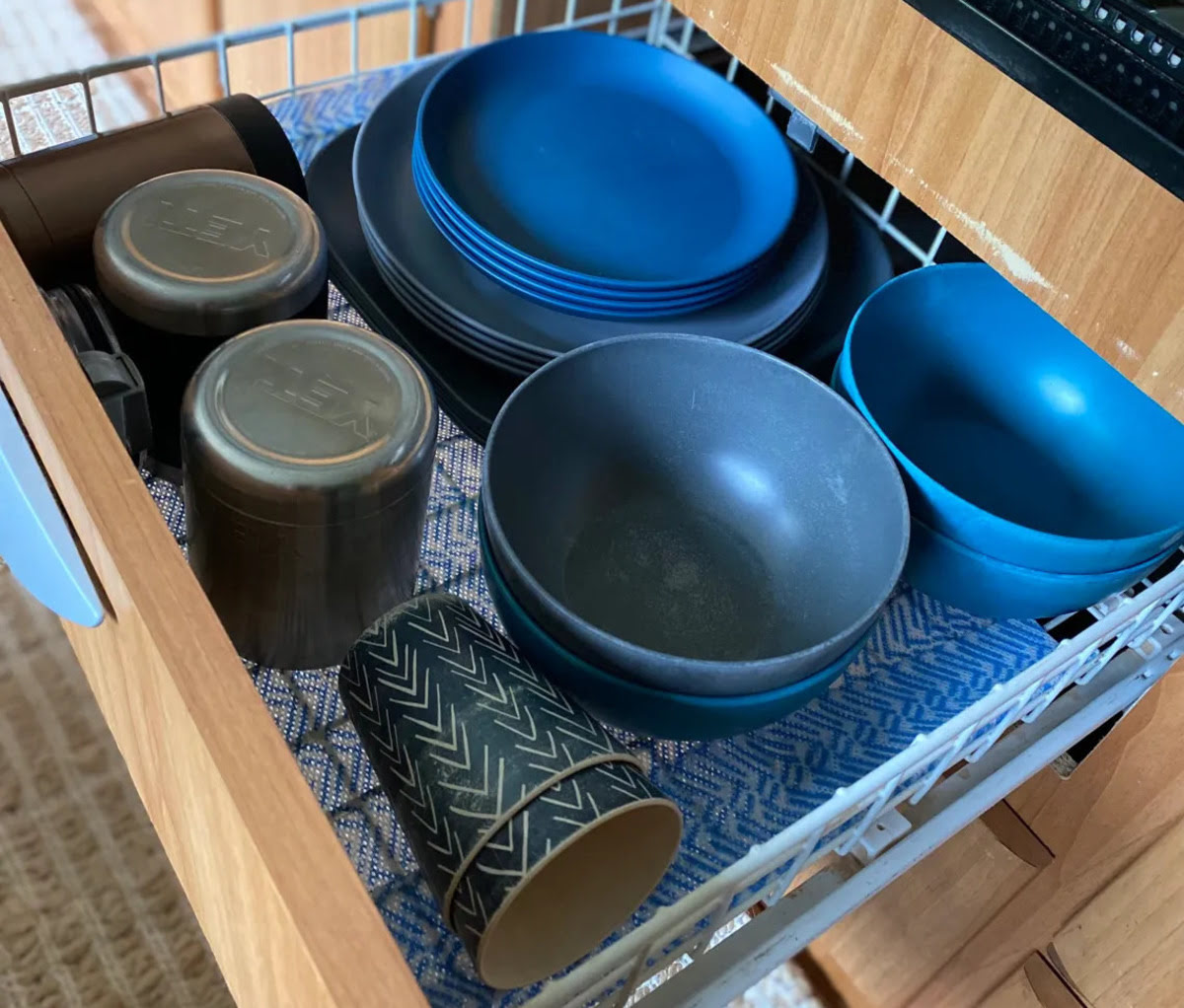
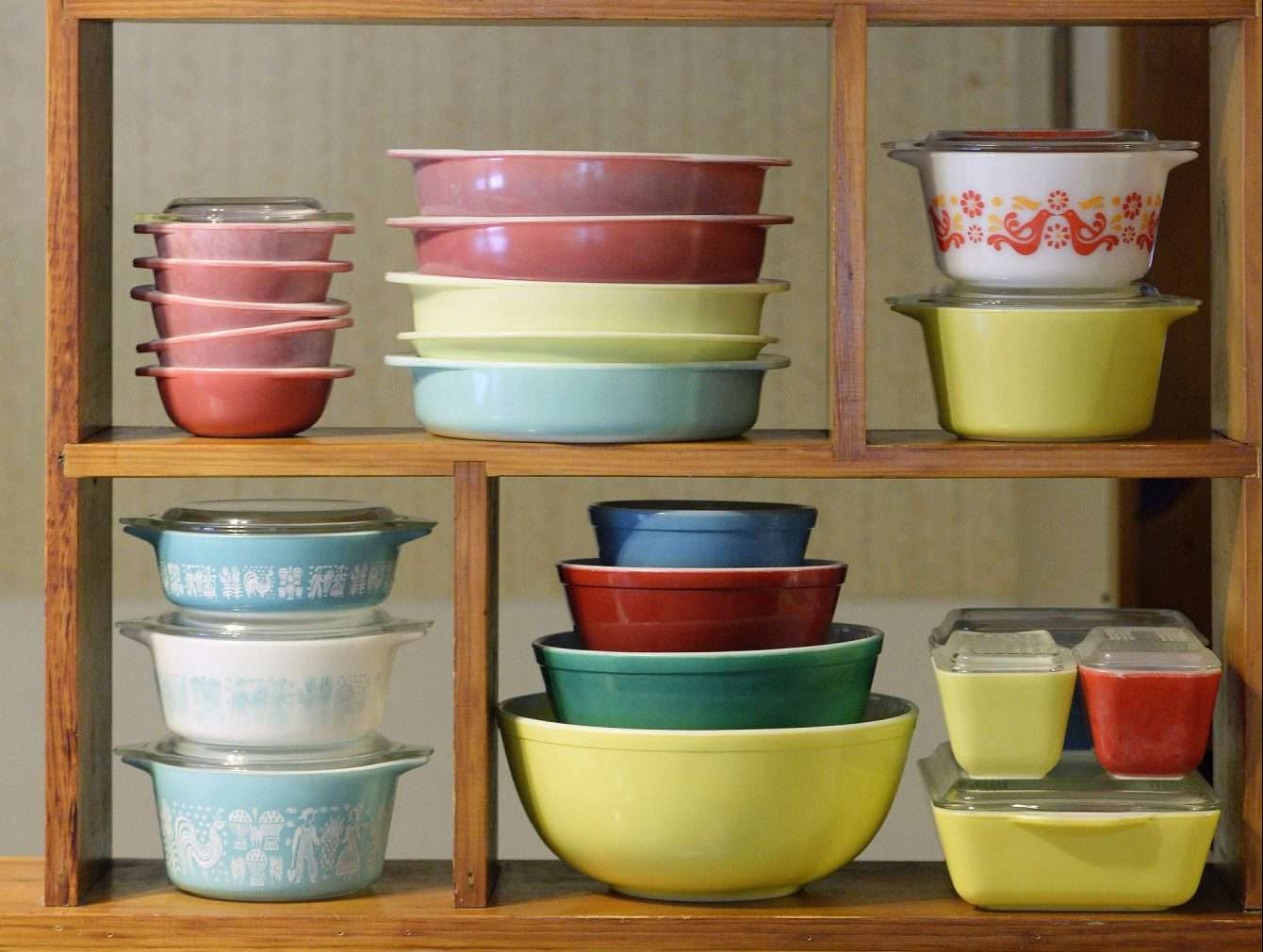
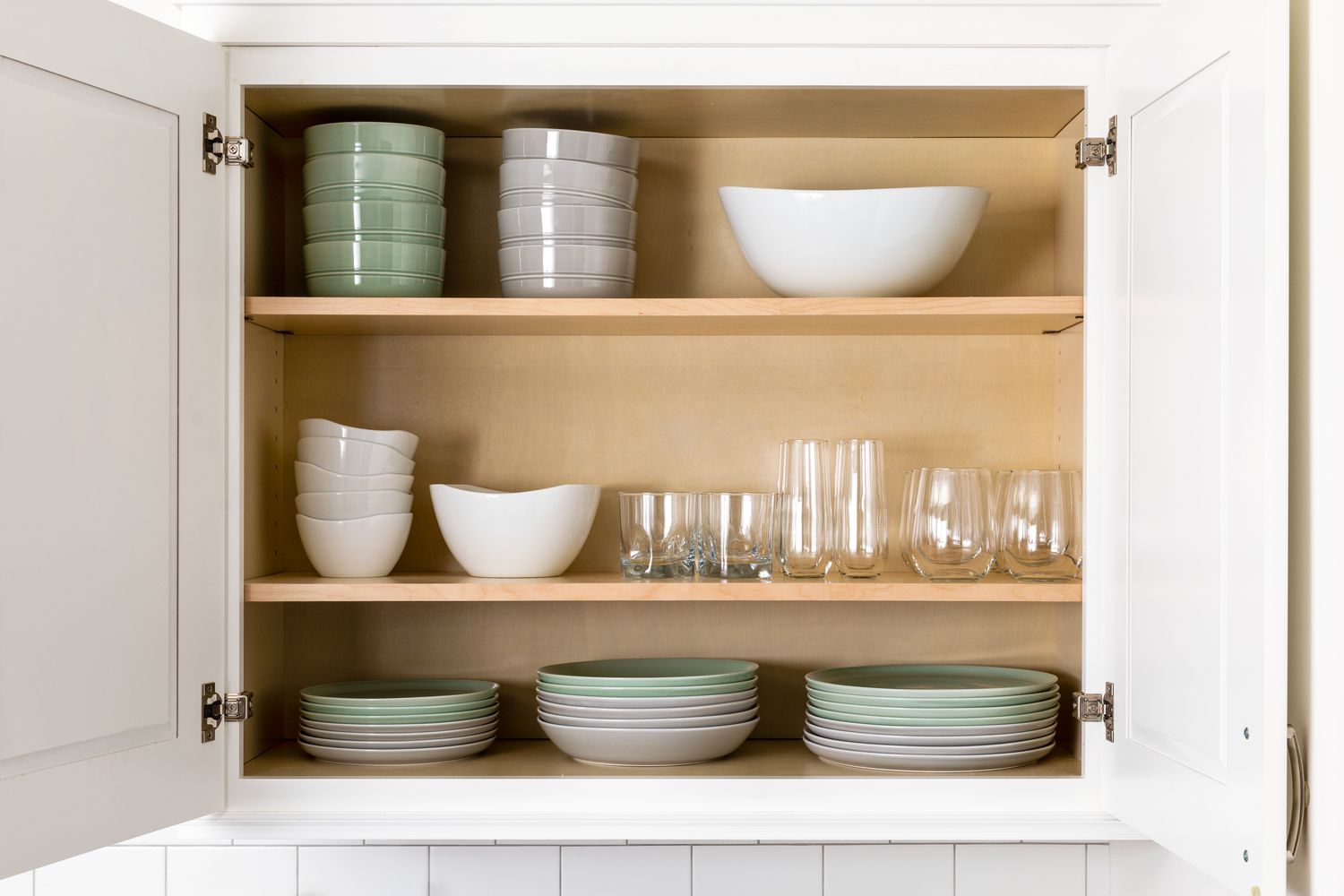
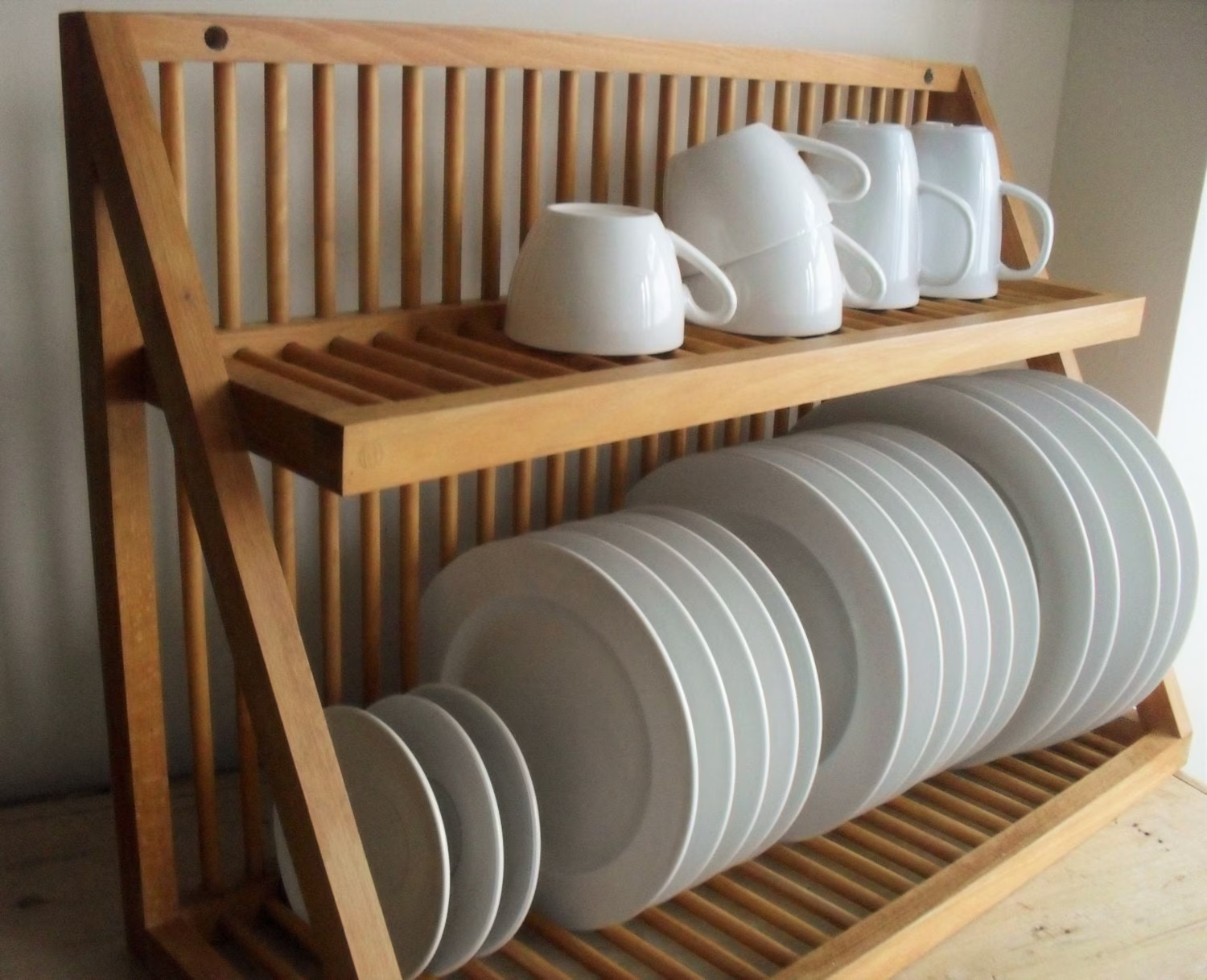

0 thoughts on “How To Store China Dishes”